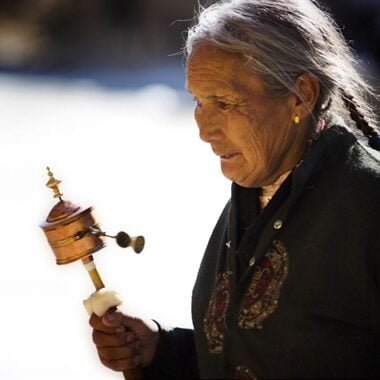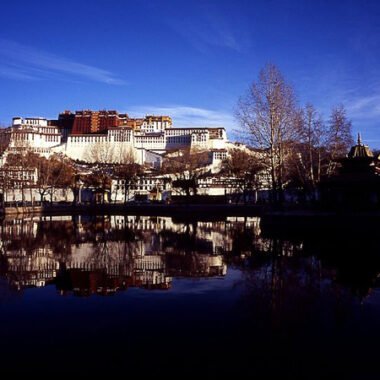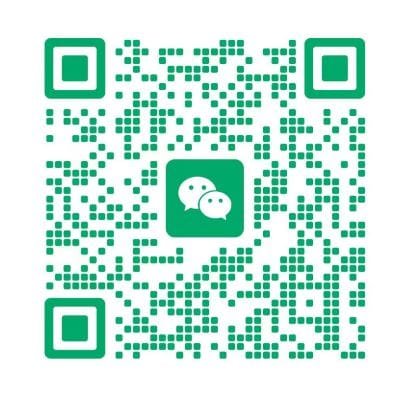Discover Tibet’s Timeless Handicrafts (And Where to Try Them Yourself)
Tibet’s handicrafts are more than souvenirs—they’re vessels of a 1,300-year-old spiritual and artistic legacy. For Western travelers seeking meaningful cultural immersion, this…
Tibet’s handicrafts are more than souvenirs—they’re vessels of a 1,300-year-old spiritual and artistic legacy. For Western travelers seeking meaningful cultural immersion, this guide unveils where to witness, learn, and ethically acquire Tibet’s most iconic crafts. Bonus: Many artisans welcome visitors to try their hands at these ancient arts!
1. Thangka Painting: Portals to Enlightenment
What it is: Intricate Buddhist scroll paintings depicting deities, mandalas, and cosmology, made with natural pigments.
Where to experience:
- Lhasa’s Barkhor Street Studios: Join a 2-hour mini-workshop to sketch basic mandalas (from ¥200).
- Gyantse Kumbum: Watch masters grind minerals like malachite (green) and lapis lazuli (blue).
Buying tips:
- Authentic thangkas take months; prices start at ¥3,000. Avoid cheap prints.
- Look for a sealed “Tibetan Thangka Association” certificate.
2. Tibetan Carpets: Woolen Poetry
What it is: Hand-knotted carpets featuring dragons, phoenixes, and floral motifs, dyed with walnut and rhubarb roots.
Where to try weaving:
- Shigatse Carpet Factory: Spin yak wool on a traditional loom (30-min demo included in tours).
- Nomad Tents in Nagqu: Learn basic knotting techniques from herder families (tip with tea or sugar).
Take home:
- Small saddle blankets (¥500–¥1,500) or cushion covers with “eternal knot” designs.
3. Silver & Turquoise Jewelry: Amulets of the Plateau
What it is: Silver “gau” lockets (holding prayers) and turquoise-studded headdresses called “yasha.”
Workshop visits:
- Lhasa’s Potala Silver: Watch smiths engrave “Om Mani Padme Hum” onto pendants.
- Old Town Shops in Tsetang: Forge a personalized silver ring (2-hour session, ¥350).
Ethical buying:
- Ensure turquoise is Tibetan-mined (darker green veins) vs. Chinese synthetic.
- A 10cm “gau” locket costs ¥800–¥2,000.
4. Tibetan Incense: Sacred Scents
What it is: A blend of 30+ herbs (saffron, sandalwood, juniper) rolled into sticks for purification rituals.
DIY workshops:
- Nyingchi Herb Farms: Harvest rhododendron leaves for incense bases (May–July).
- Drepung Monastery’s Incense House: Mix your own blend (¥150/session).
Best buys:
– “Snowland” brand sandalwood incense (¥50/box) – TSA-friendly!
5. Singing Bowls & Prayer Wheels: Sound of the Himalayas
What it is: Bronze bowls for meditation and handheld prayer wheels inscribed with mantras.
Hands-on fun:
- Barkhor Street: Test bowl harmonics—deeper tones mean higher bronze content.
- Chakpori Hill: Spin giant prayer wheels with pilgrims (clockwise only!).
Souvenir picks:
- Palm-sized copper prayer wheels (¥200–¥500) – airport security-safe.
Where to Shop Ethically
– Norlha Workshop (Lhasa): Social enterprise empowering women weavers.
– Tibet Traditional Craft Center (Shannan): Government-backed fixed prices.
– Monastery Co-ops: Directly support monks’ livelihoods (e.g., Sera Monastery’s thangka shop).
Cultural Respect Reminders
– Never haggle over religious items (thangkas, prayer wheels).
– Ask before photographing artisans.
– Wrap purchased Buddha statues in silk (considered disrespectful to expose).
Final Thought
Tibet’s crafts are conversations across centuries. Whether you leave with a turquoise ring or the memory of grinding pigments for a thangka, you’re safeguarding a vanishing heritage. As locals say: “Tashi Delek!” (Good fortune!)
Craft your journey, not just memories!






